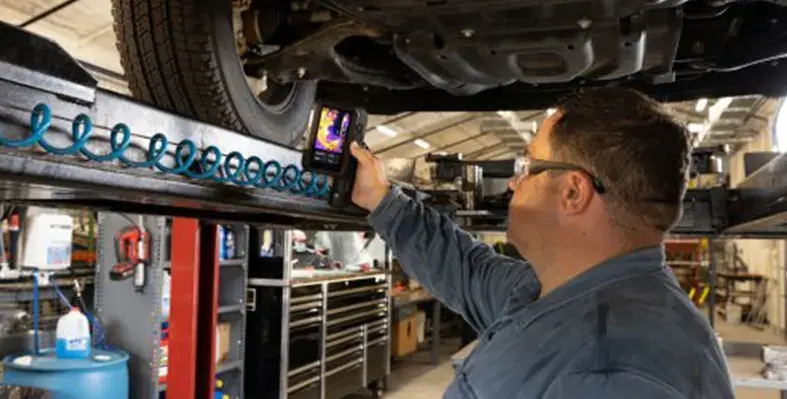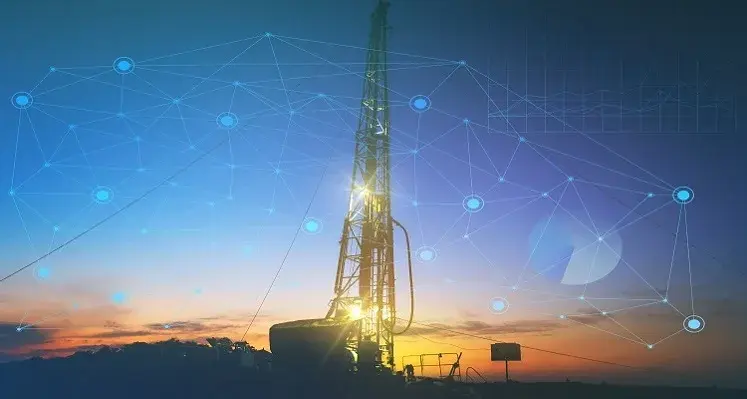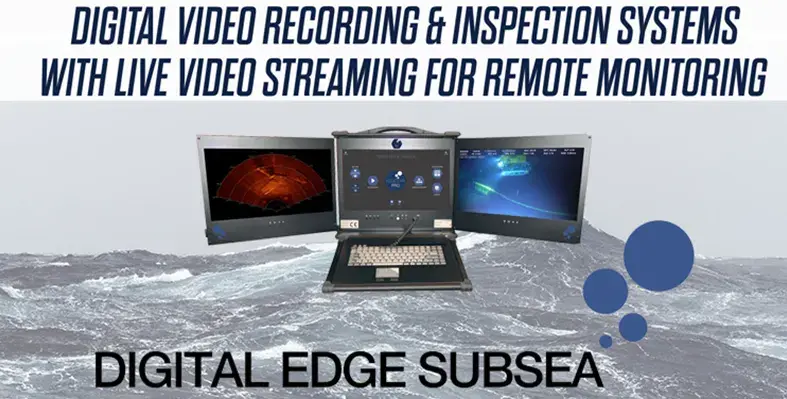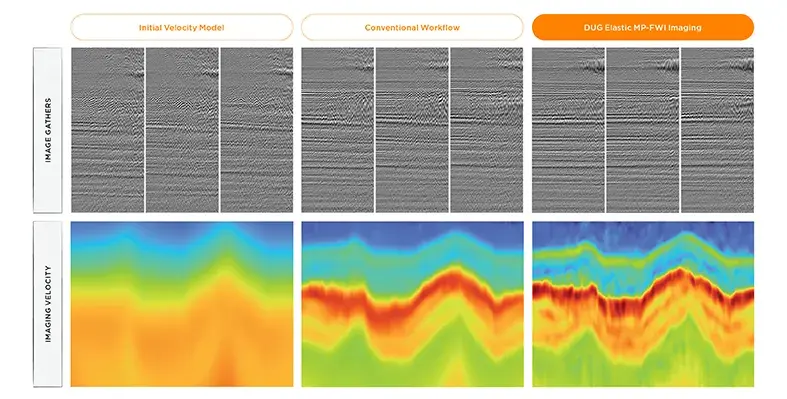Highlighting products that enhance safety, sustainability and operational efficiency across critical industries, Teledyne Flir will be exhibiting their portfolio at ADIPEC 2025, scheduled from 3 to 6 November in Abu Dhabi
Flir's condition monitoring solutions include the iXX, Assetlink, Si2 series, and Exx series. These come in a range of handheld and fixed monitoring tools as well as inspection software, all designed to make condition monitoring more efficient and help companies maximise their uptime.
Alongside condition monitoring solutions, Flir will also be showcasing its thermal imaging and sensing solutions at ADIPEC 2025.
Flir’s Early Fire Detection solutions harness advanced radiometric thermal imaging to identify heat anomalies before smoke or flames appear. Ideal for high-risk environments such as recycling centers, battery storage sites, and industrial facilities, these systems enable continuous monitoring and rapid intervention to prevent costly damage. The Flir A700f, a fixed-mount thermal camera with onboard analytics, delivers precise temperature measurements and intelligent alerts to enhance safety and operational continuity. Come talk to us on Flir stand XX and find out how our technology can protect your critical infrastructure.
Flir will also showcase its Optical Gas Imaging (OGI) technology, featuring the Gx320 and QL320 cameras. These advanced tools visualise and quantify gas leaks in real time, helping industries meet environmental compliance and reduce emissions. Powered by Flir’s ADGiLE solution, users gain automated detection, geolocation, and reporting capabilities—streamlining inspections and improving safety across oil & gas, chemical, and energy sectors.











 DUG Elastic MP-FWI Imaging is a unique approach to seismic processing and imaging which turns the traditional paradigm on its head. It replaces not only traditional processing and imaging workflows, but also the subsequent inversion workflow for elastic rock properties.
DUG Elastic MP-FWI Imaging is a unique approach to seismic processing and imaging which turns the traditional paradigm on its head. It replaces not only traditional processing and imaging workflows, but also the subsequent inversion workflow for elastic rock properties.

